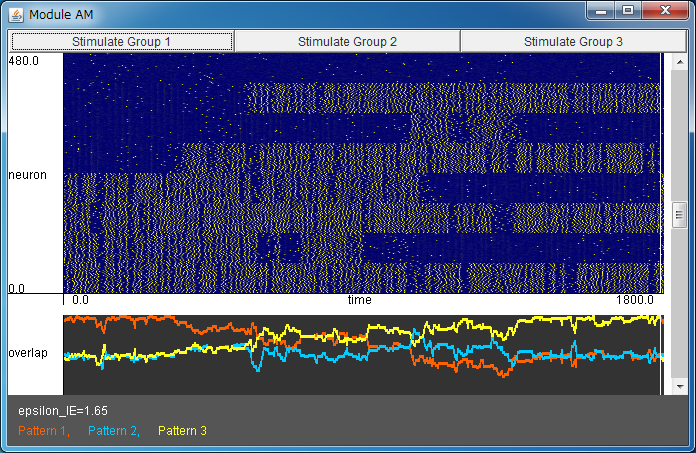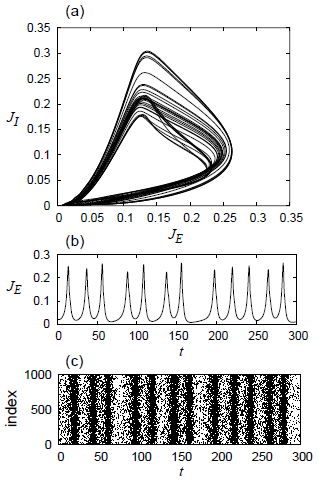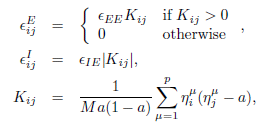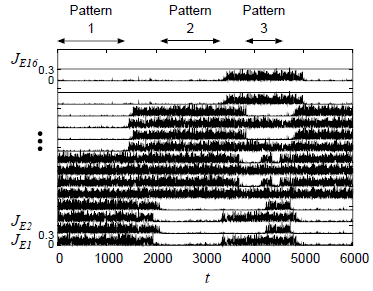Chaotic Pattern Transitions in Pulse Neural Networks

After downloading pnnam.jar, please execute it by double-clicking, or typing "java -jar pnnam.jar".
When the pattern transitions do not take place, please press "Stimulate Group x" button,
and then the neurons which store pattern x are stimulated. The pattern transitions are often induced by that.
If the above application does not start, please install OpenJDK from adoptium.net.








